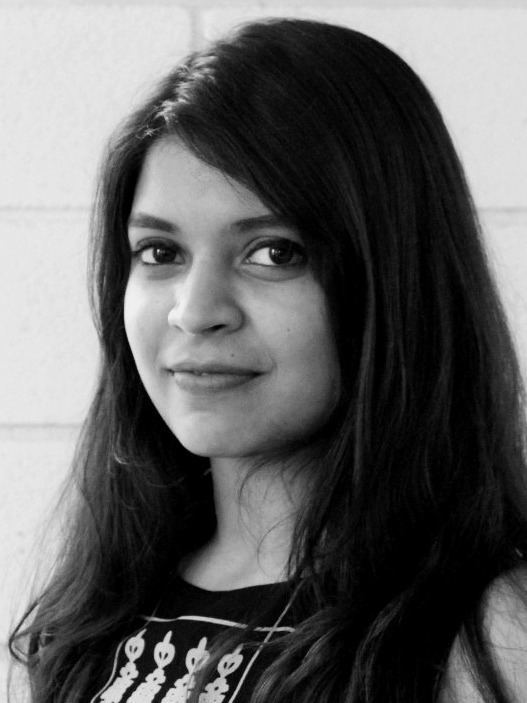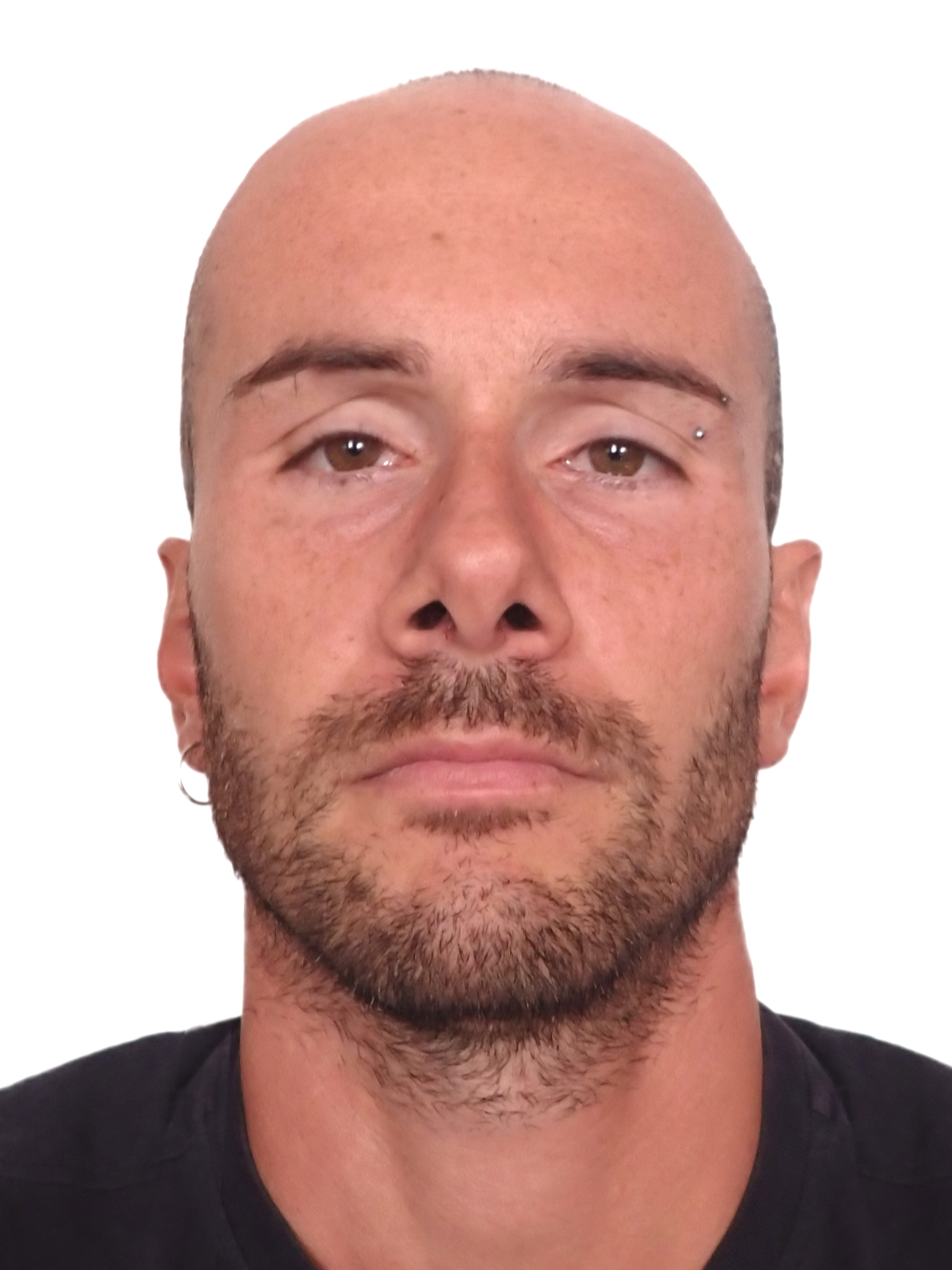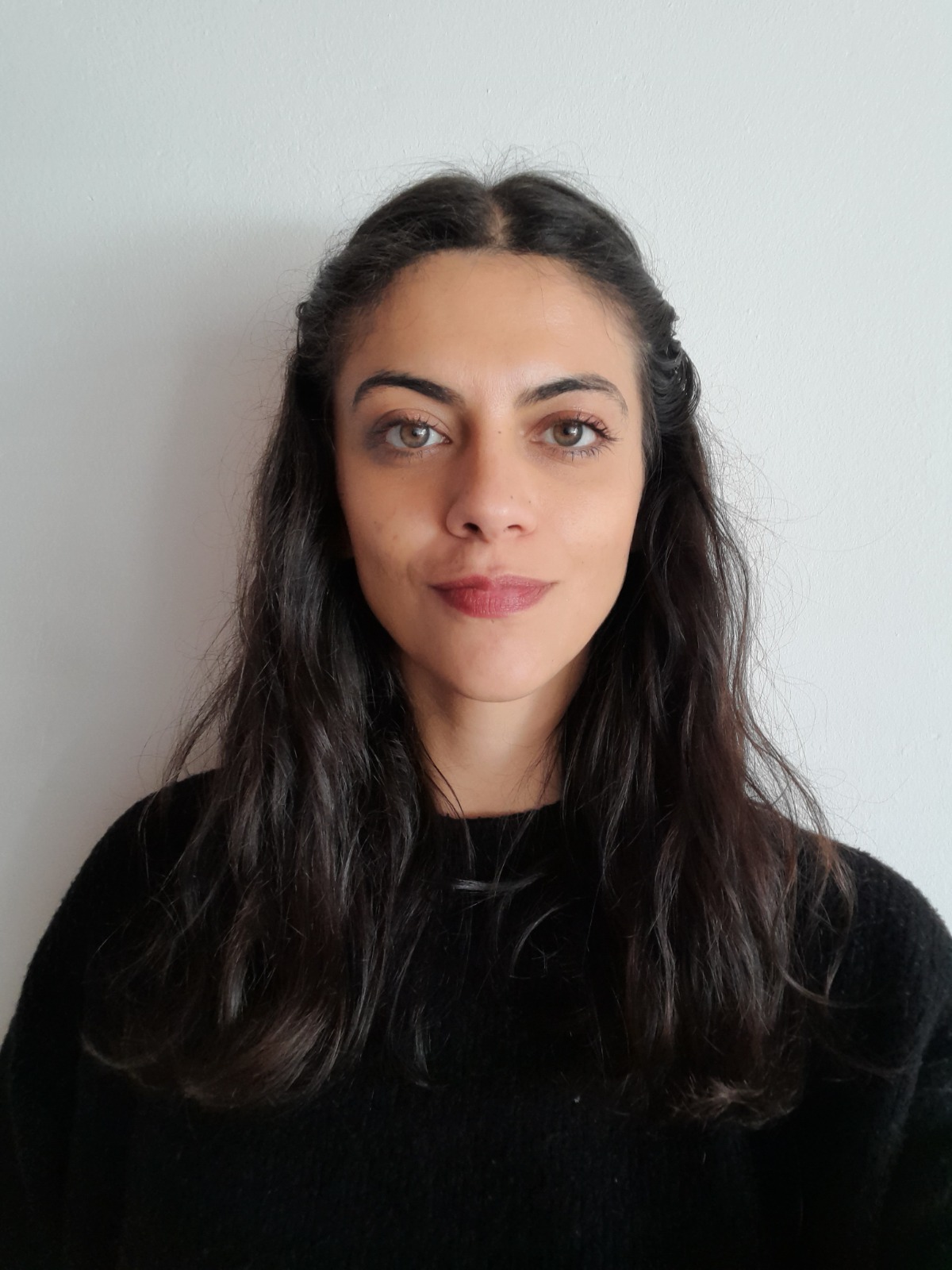Computational Design For Built Environment
Unlock the potential of computational design in architecture and urban planning through this comprehensive 10-week program. Learn how to harness cutting-edge tools and algorithms to optimize design processes, analyze complex data, and create more efficient, sustainable environments.
Next Cohort: 01 March, 2025
Program Duration: 10 Weeks, online (3-5 hours/week)
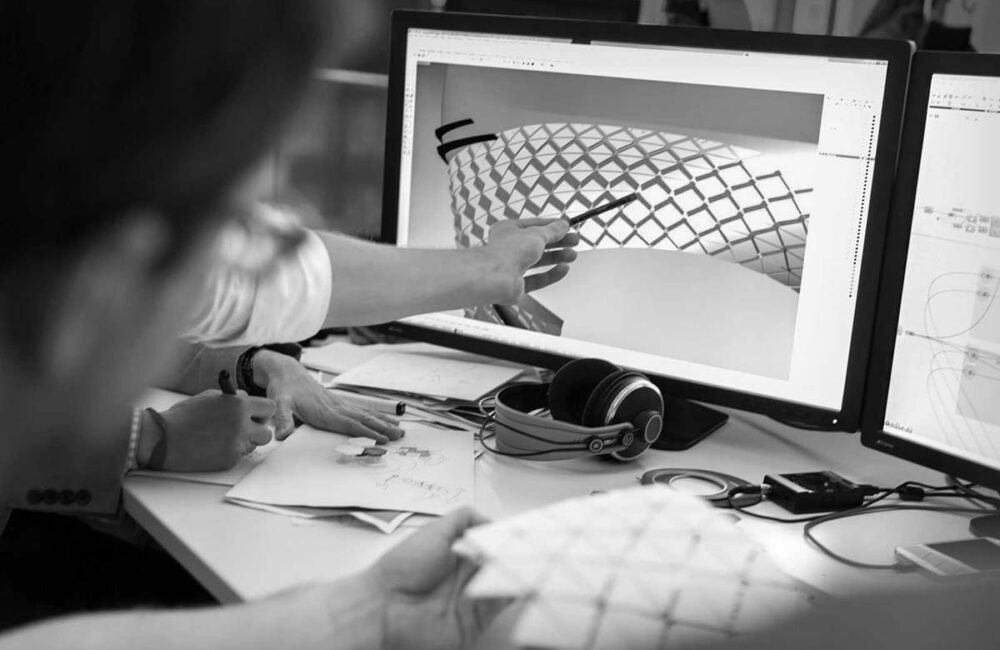
05+
Software's
Utilize a range of cutting-edge software and climatic assessment tools for data analysis and design.
20+
Plugin's
Access over twenty essential plugins for enhanced computational modeling, visualization and integration.
15-20
scholars per course
Engage with a focused cohort of selected scholars for multi-disciplinary engagement and collaboration.
Who is this Program for ?
Architects and Urban Designers
Academics and Researchers
Graduate and Post Graduate Students
Designers and Engineers
Sustainability and Environmental Consultants
Urban Planners and Built Environment Specialists
Meet your Mentors
Aishwarya Arun
Architect & Computational Design Expert
Aishwarya Arun is an Architect and Computational Designer. She has developed a discretization plugin for Rhino Grasshopper and publish edit on food4rhino. She currently serves as a Product Specialist at Snaptrude, specializing in geometry-related features for the automated BIM software.
Disha Shetty
Architect, Environmental Design Analyst
Disha Shetty is an Environmental Analyst specializing in computational geometry modeling, parametric design, and environmental simulations. Disha currently works with the Zaha Hadid Architects Sustainability Team, where she develops energy-efficient and sustainable built environments.
Federico Caldi
Architect, Building Engineer & Digital Fabricator
Federico Caldi a designer holding two master's degrees—one in Building Engineering and Architecture from the University of Pisa and another in Advanced Architecture from IAAC Barcelona. His academic journey has shaped my passion for structural engineering, computational design, and digital fabrication.
Julia Veiga
Architect, Planner & Big Data Analyst
Julia is a portuguese architect from Porto who holds a Master 's Degree in Architecture from the Faculdade de Arquitectura da Universidade de Lisboa and a Master in City and Technology at IAAC in Barcelona. She did Erasmus+ in Venice, Italy at IUAV and she has worked across multi-disciplinary teams in Lisbon, Barcelona, and Italy.
What will you learn ?
Module 1
@Computational Design (learn)
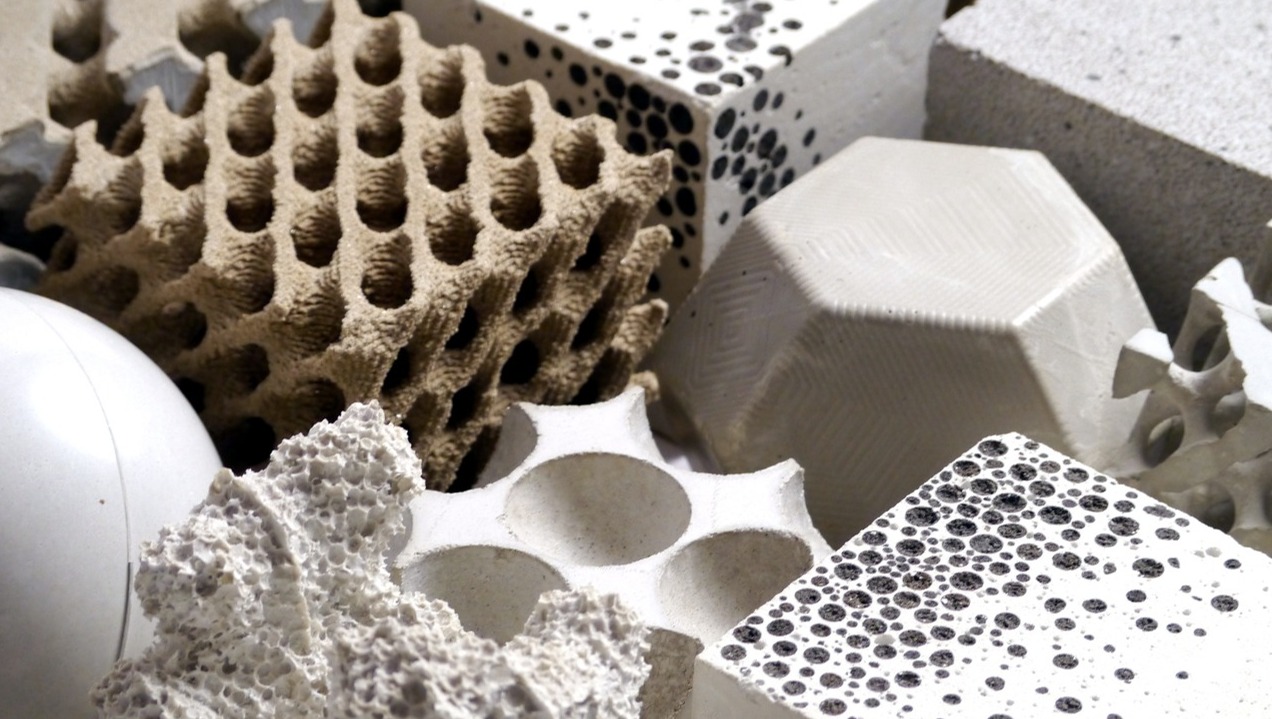
Introduction To Computational Design
Automated Design Workflows
Module 2
@Computational Design (apply)
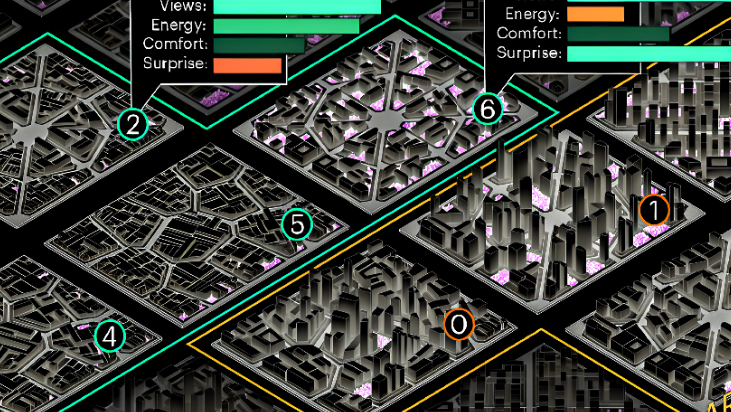
Module 3
@Computational Design (build)

Module 4
@Computational Design (scale)
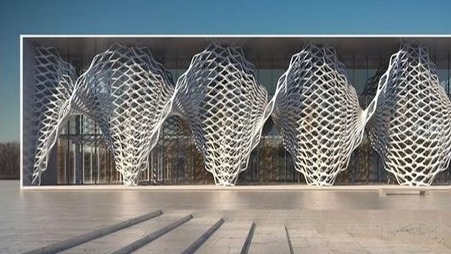
Custom Component Creation with Python
Frequently Asked Questions
Yes, we offer free consultations to help you explore the program and address any questions you may have!
While there are no strict prerequisites, a background in architecture, urban studies, data science, or a related field will be beneficial for maximizing your learning experience.
You will engage in both individual and group projects focused on advance computational challenges, modeling, and utilizing data insights for practical applications.
Participants will gain experience with cutting-edge software and geospatial tools, including Rhino, Grasshopper, Python, Shape Diver as well as curation of custom plugins.
The L.A.B.S module includes personalized assessments and interactive sessions, ensuring participants gain relevant skills and knowledge tailored to their interests and career goals.


